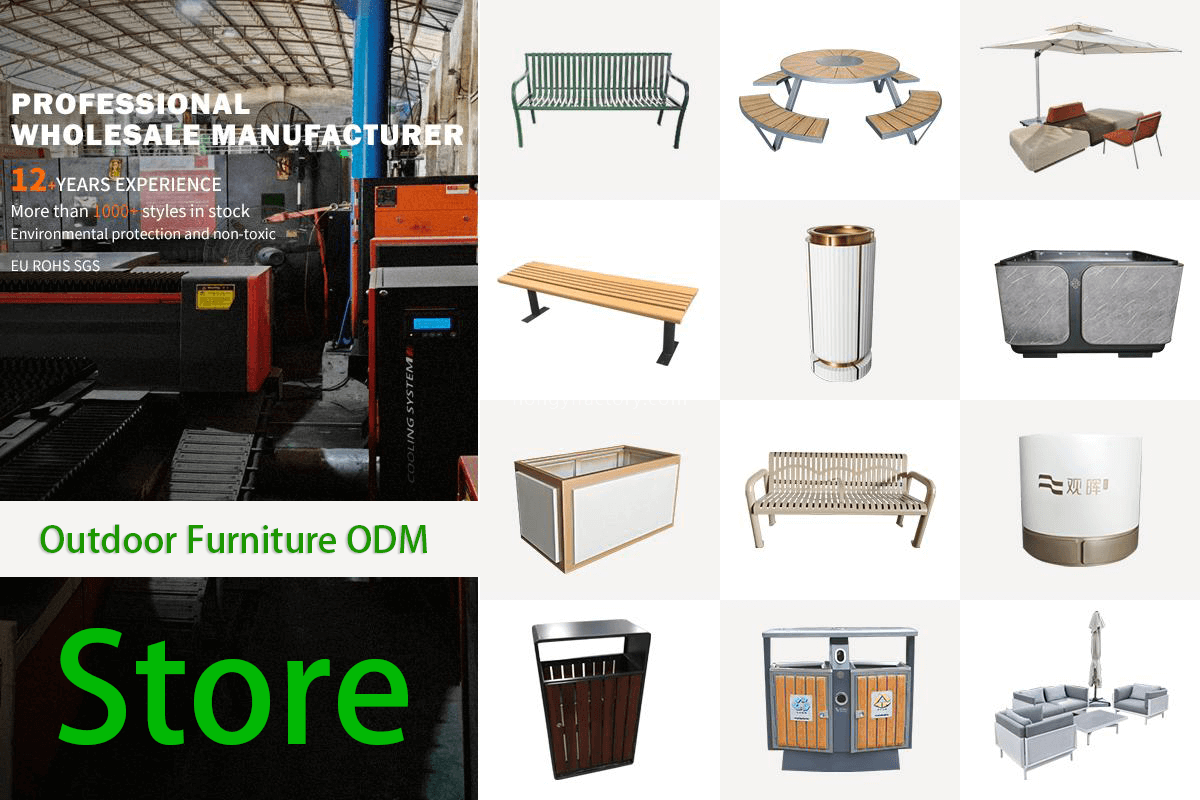When we consider tourism infrastructure, grand museums, luxurious hotels, and efficient transport systems often come to mind. However, a humble yet powerful element frequently goes unnoticed: the park bench. Far from being mere street furniture, park chairs are a critical, low-cost investment that yields significant returns for local tourism economies.
Firstly, park benches directly increase visitor dwell time. Tourists equipped with a comfortable place to rest are likely to stay longer in a public square, garden, or waterfront promenade. This extended presence is not passive. A tourist who is sitting is often also observing, photographing, and, crucially, spending. They are more likely to purchase a coffee from a nearby café, buy an ice cream from a vendor, or browse in adjacent shops. This simple act of providing a place to sit transforms a location from a thoroughfare into a destination, encouraging micro-transactions that collectively form a substantial revenue stream for local businesses.
Secondly, the quality and availability of public seating directly influence a destination's perceived comfort and appeal. A town with ample, well-maintained benches signals that it values the visitor experience. It creates an atmosphere of hospitality and walkability, encouraging tourists to explore further on foot. This positive perception is often shared on social media, with images of people enjoying a leisurely moment on a scenic bench serving as powerful, organic marketing. In contrast, a lack of seating can lead to visitor fatigue, shortening stays and discouraging exploration beyond major attractions.
Furthermore, park chairs support the broader ecosystem of local tourism. They enhance the enjoyment of public parks, historic sites, and cultural districts, making these free or low-cost attractions more viable and enjoyable. This is particularly important for budget-conscious travelers and families, who may allocate saved money to other experiences like dining or shopping. By improving the quality of public spaces, benches also benefit residents, increasing community pride and making the area more attractive for potential future visitors through positive word-of-mouth.
In conclusion, the park bench is a strategic economic tool. It is a low-investment, high-impact amenity that boosts local commerce by increasing dwell time, enhancing destination appeal, and supporting a vibrant public realm. For city planners and tourism boards, investing in comfortable, accessible, and aesthetically pleasing public seating is not just an urban design choice; it is a smart economic development strategy that pays dividends by making a locale a more welcoming and memorable place to visit.


